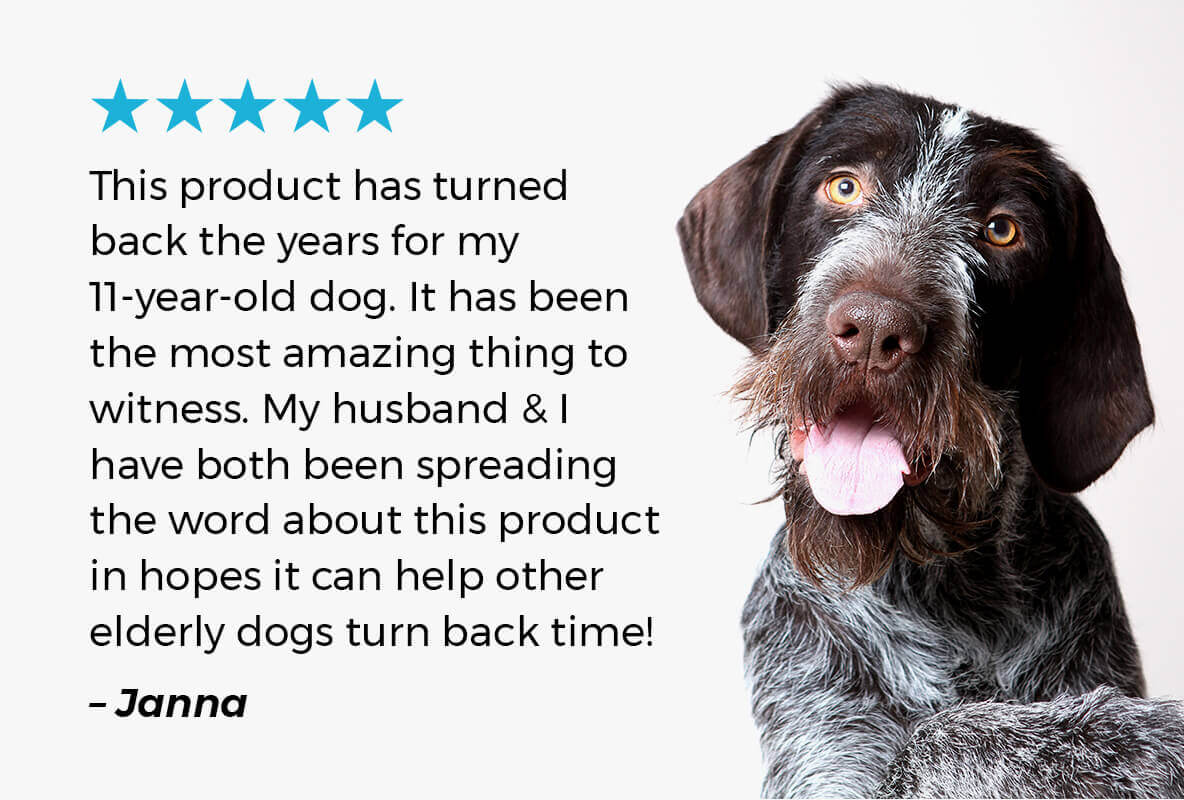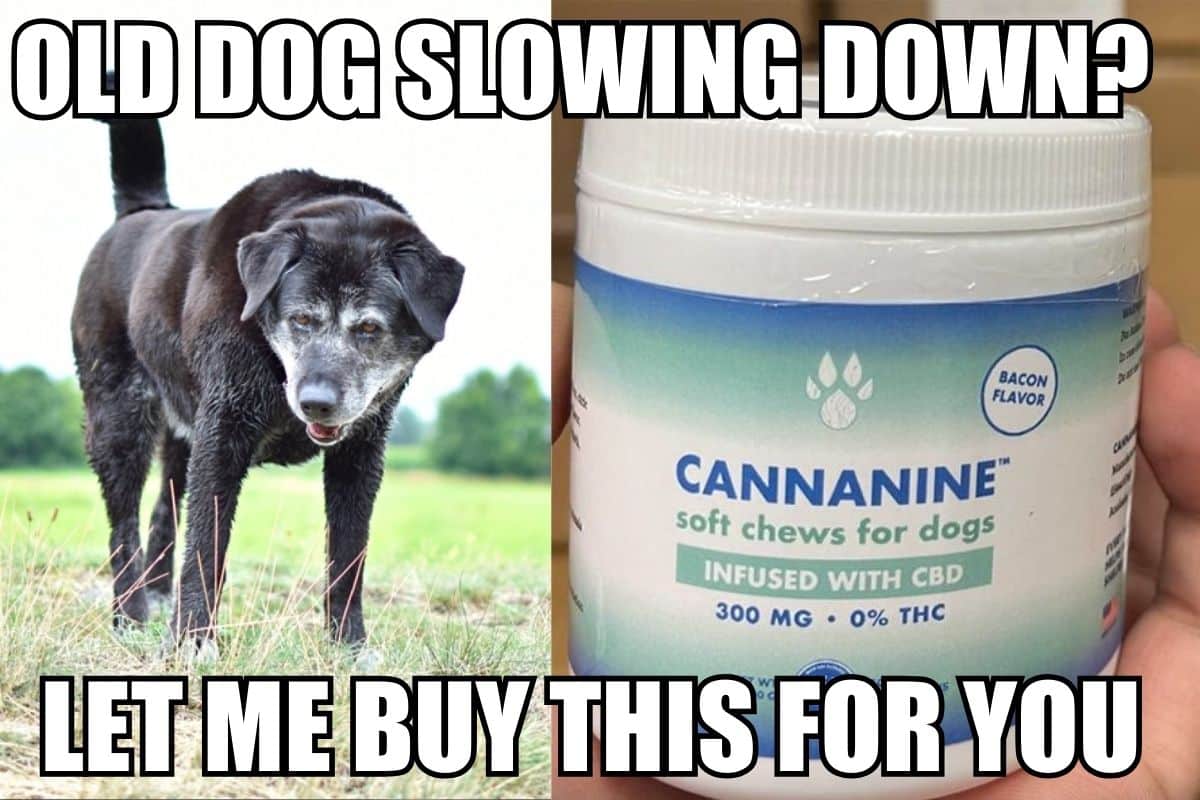
Separation Stres in Dogs: How to Calm Your Dog When You’re Not Home
Coming home to a chewed sofa and a stinky surprise on the carpet is frustrating, but behind these behaviors is a dog crying out for help. Most pet parents have heard of separation stress in dogs, but few know exactly what it is or how to treat it.
No dog likes to see their human walk out the door, but those with separation stress take their reactions to the extreme. They whine, pace, and drool. Others bark or tear up household items. When you return home, they act as if you’ve been away for weeks.
Why do some dogs develop such drastic behaviors while others do not? What symptoms should you look out for that show your dog is suffering from this heartbreaking condition? And most importantly, what can you do to help relieve their stress? In this post we will address all these questions and more.
What Is Separation Stress?
Separation stress is a frustrating and widespread problem for countless dogs and their owners. It occurs when a dog becomes overly attached to its human(s) and suffers severe stress when left alone.
True separation stress is more than just a bit of shaking and whining when you prepare to leave the house. It is a serious behavioral condition that involves disruptive and destructive actions. In fact, it is a common reason people abandon or give their dogs up to shelters.
What Causes Separation Stress In Dogs?
Any dog can develop separation stress under the right set of circumstances. While the exact cause is not known, several factors contribute to the problem.
Genetics
Dog cognition expert, Alexandra Horowitz led a 2014 study measuring the reactions of various dog breeds to five stressors: meeting unfamiliar people, meeting other dogs, touch sensitivity, loud noises, and separation from their humans.
Small breed dogs such as Chihuahuas, Dachshunds, Malteses, Toy Poodles, and Yorkshire Terriers were more reactive to the separation tests than larger breeds. However, certain large dogs bred for working, hunting, and herding also have high rates of separation stress. Vizslas, German Shepherds, and Australian Shepherds are known for this behavioral issue.
Early Separation From Mom & Littermates
Another major factor contributing to separation stress in dogs is being removed from their mothers before eight weeks of age. This is a crucial development period during which puppies learn social and bonding skills. If taken away too young, they are more likely to experience stress during separations from their humans.
Rescue/Shelter Life
Rescue dogs and those adopted from shelters have high rates of separation stress. These pups often develop nervous or defensive dispositions because of their difficult pasts. Fending for themselves on the streets and spending hours in a kennel is traumatic to social animals like dogs.
This certainly does not mean that rescue dogs cannot adjust to new, loving homes. They may need more patience and counterconditioning training, but they can definitely learn to feel safe and loved.
Major Life Changes or Traumas
The Holmes And Rahe Stress Scale ranks the most stressful life events a person can endure. Not surprisingly, many of the same life changes made the list of separation stress causes in dogs.
Some of the following triggers may explain why shelter and rescue dogs become anxious. Others are responsible for new or worsening symptoms in family dogs.
- Death of a family member
- Death of a family pet
- Moving to a new home
- Abandonment
- Transfer to a new owner
- Adoption from a shelter
- Change of people living in the home
- Boarding
- Changes in schedule
What Are The Signs Of Separation Stress In Dogs?
Some dogs with separation stress internalize their stress. They may shake or hide when you leave, or develop nervous habits like pacing or chewing their paws. Others show more obvious signs of distress, barking uncontrollably or destroying property. If your dog displays any combination of the following behaviors, you may be dealing with separation stress.
Barking, Howling, Whining
Dogs with separation stress may whine as you prepare to leave the home and escalate to howling and barking once you are out the door. This vocalization usually begins right away and persists while you are gone. You may get complaints from neighbors saying your pup barks off and on during your entire absence.
Not only is this extremely stressful for your dog, it could result in having to give up your pup or lose your home.
House Soiling
Some dogs become so upset they urinate or defecate when left alone. Since stress can cause gastrointestinal and urinary tract issues, this is not a problem to ignore.
If this behavior is new or you notice loose stools or blood in the urine or stool, see your vet to rule out a health problem. Leaving your dog alone too long or failing to provide adequate potty training can also lead to house soiling.
Destructive Behaviors
Dogs with severe separation stress may chew furniture, scratch doors or windows, and wreck personal items. Not only is this an expensive and frustrating problem, your pup could also injure himself in the process.
Veterinarians see dogs with torn toenails, broken teeth, and serious lacerations sustained due to separation-induced panic. Some dogs even swallow items and require life-saving surgery.
Escaping
This dangerous behavior occurs when a dog becomes so frantic, he attempts to dig or chew through windows or doors to escape the home. Some dogs leap through plate-glass windows. Others find themselves trapped on second-story roofs.
Not only are these dogs at a high risk for injuries, they may also become lost in their frenzy to find you.
Pacing
Pacing is an obsessive behavior where the dog walks back and forth along a specific path to self-sooth his stress. This may be accompanied by nervous vocalizations like whining or howling.
Self Harm
Dogs that self harm deal with stress by obsessively licking, chewing, or scratching at their own bodies. Lick granulomas are common in dogs with separation stress as are injuries to the tail.
How Can You Help Calm Your Dog When You’re Not Home?
If your dog is displaying any of the serious symptoms above, the first priority should be a health and behavior consultation with your veterinarian. He or she can confirm that it is truly separation stress, not a medical problem. They can also recommend a professional trainer, anti-stress medications, holistic options, or lifestyle modifications such as those listed here.
- Provide plenty of exercise – A tired dog is a calm dog.
- Calm greetings & goodbyes – Making a fuss of leaving or returning reinforces separation stress.
- Toys, chews, & entertainment – Music or television can provide a pleasant distraction, as can a favorite toy, chew, or treat-dispensing puzzle.
- Consider a pet sitter or doggy daycare to break up your pup’s day.
Counterconditioning Training For Anxious Dogs
Dogs with serious stress problems should receive professional counterconditioning training. Counterconditioning helps dogs change their perception of a particular distressing stimuli. For some pups, it is cars or joggers, for others it is a certain place or a specific object within the home. Whatever the trigger, a professional dog trainer or behaviorist can help desensitize your pup and turn an anxious reaction into a relaxed one.
With separation stress, counterconditioning focuses on offering the dog a high-reward treat or toy at the time of your departure until he comes to associate your absence with something good. For example, you may try a puzzle toy or treat mat to distract your dog as you leave. The smell of the hidden treats will hold his attention while you depart, and keep him busy for several minutes.
For dogs with more severe cases of separation stress, your trainer will walk you through several short separations, gradually increasing the length of your absence each time. This slowly teaches your dog that no matter how long you are gone, you will always return.
The counterconditioning process can be quite complicated and requires a professional touch to ensure your dog’s stress does not get worse rather than better. The ASPCA explains:
“Because treatment must progress and change according to the pet’s reactions, and because these reactions can be difficult to read and interpret, desensitization and counter-conditioning require the guidance of a trained and experienced professional.”
What Can You Give Your Dog To Help Ease Separation Stress?
Pharmaceuticals
Anti-stress medications are highly effective for treating the symptoms of separation stress in dogs, and your veterinarian may recommend them for severe cases. However, it is important to be aware of the potential side effects. Most of these drugs cause drowsiness, some cause GI upset, and others interact with additional medications. Still others may not be safe for dogs with certain health concerns.
Before beginning a regimen of anti-stress drugs, consult with your veterinarian and inform him or her of all other meds your dog takes.
CBD Oil From Hemp
Cannabidiol – or CBD – is a natural extract of the hemp plant. This extraordinary compound is gaining traction as a safe, effective option for dogs with separation stress. CBD oil helps stimulate serotonin production in the brain, which stabilizes mood and helps bring a sense of calm to the body and mind.
Cannanine Organic Full Spectrum Hemp Oil™ is made specifically for dogs and cats, so all traces of THC – the compound that causes marijuana’s signature “high” – have been removed. Cannanine is made from organically grown Colorado hemp, and is free of heavy metals, bacteria, and other harmful toxins.
While CBD oil provides the fastest relief from the symptoms of separation stress, picky pups may prefer our bacon flavor Soft Chews. Our bacon and cheese flavor All-Natural Baked Dog Treats are great for a small dose as needed.
Choose The Right Relief For Your Pup
100% Money Back Guarantee
PLUS Up To 40% Off When You Shop Today







Popular Articles On CBD For Dogs Stress
Popular Articles On CBD For Dogs
- How CBD Oil Can Help Reduce Your Dog’s Excessive Barking
- How Long Before CBD Oil Starts Working for My Dog?
- How Often Can I Give My Dog CBD Oil?
- How Long Do The Effects Of CBD Oil Last For Dogs?
- What Are Possible CBD Side Effects For Dogs?
- Top 5 Ways To Administer CBD Oil To A Dog
- How CBD Oil Can Increase Your Dog’s Appetite And Prevent Nausea & Vomiting
- How CBD Oil May Help Your Dog Sleep Better
- Can CBD Oil Help Your Dog’s Stress and Nausea In The Car?
- 4 Reasons Senior Dog Owners Are Flocking to CBD Oil
- CBD Oil and Gabapentin Dogs
- CBD Oil Tinctures vs. CBD Treats for Dogs: Which Is Better?
These statements have not been evaluated by the Food and Drug Administration. This product is not intended to diagnose, treat, cure, or prevent any disease. The information on this website is not intended to replace a one-on-one relationship with a qualified healthcare professional.

















